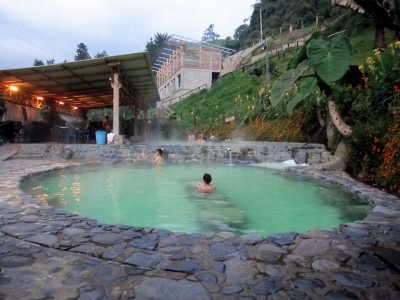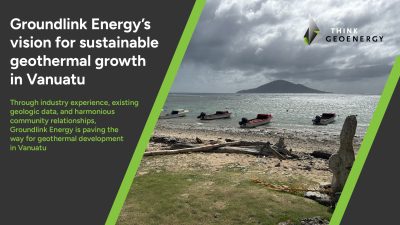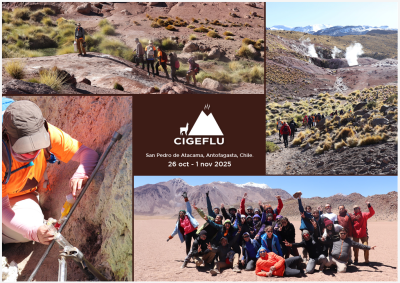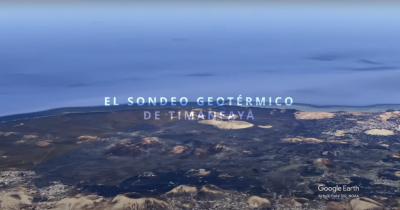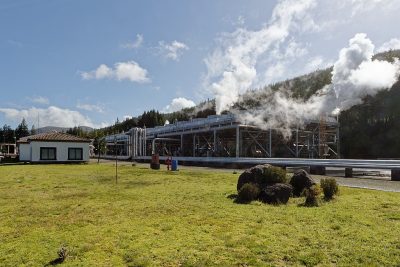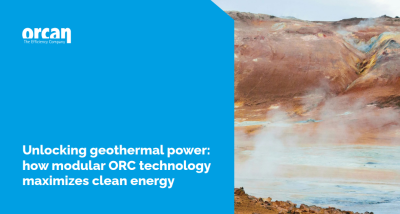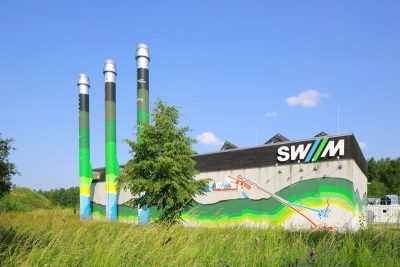Climate Change Business Journal: global geothermal power revenues of US$ 6.8 billion
CCBJ estimates that the Geothermal Power industry generated global revenues of $6.8 billion in 2008, with power sales from the approximately 10 GW of geothermal power capacity currently online accounting for $4.8 billion or 71% of the total.
From time to time ThinkGeoEnergy writes about and provides links to geothermal research reports, and I am pleased to promote this new report by CCBJ. For details on receiving a free excerpt on Enhanced Geothermal Systems (EGS)/ Hot Dry Rock (HDR) from its previously released Geothermal Power Edition, offered to readers of ThinkGeoEnergy, see details below.
In its recently released Geothermal Power edition, Climate Change Business Journal (CCBJ) provides one of the first global revenue estimates ever made that includes power sales from geothermal plants — the largest revenue segment of the geothermal industry.
CCBJ estimates that the Geothermal Power industry generated global revenues of $6.8 billion in 2008, with power sales from the approximately 10 GW of geothermal power capacity currently online accounting for $4.8 billion or 71% of the total. In the United States, CCBJ shows power sales generating $1.5 billion in 2008, followed by sales of services such as exploration, resource development and plant construction at $540 million and equipment sales at $257 million.
Due to constraints in the availability of resources and the high risks and costs of exploratory drilling, geothermal power hasn’t grown as fast as wind and solar PV. With the global recession, the pace of development has slowed further due to lack of debt and equity capital. But the long-term market drivers behind geothermal power look to become even stronger. In the United States, these include state renewable energy standards, the threat of federal climate change policy and the need for more electricity supply in constrained regions. In developing countries, energy security and high electricity prices are stronger drivers. CCBJ estimates that by 2020, the geothermal power will produce $31.2 billion in revenues worldwide and $9.9 billion in the United States.
In this edition, CCBJ explores finance, policy, market and technology issues in depth with project developers, lenders, investors, researchers and industry analysts. We also examine the emergence of competitors to Ormat for the fast-growing low-temperature segment of geothermal, the tantalizing potential of enhanced geothermal systems (EGS), also known as hot dry rock (HDR), and market opportunities and barriers in developing countries.
Inside this edition: Our coverage of the ARRA federal stimulus package in this edition focuses on what federal agencies like the Department of Defense are doing with their energy efficiency and renewable energy funding, with an eye on how firms with no federal contracts can earn federal dollars through subcontracting and other strategic alliances.
How Ormat rose to its status as the only vertically integrated geothermal power company, and what newer entrants to the binary segment like Raser Technologies, Turbine Air Systems and Exorka are doing to compete with the industry leader.
A roundtable discussion with geothermal project developers at Greenpower Conference’s March 2009 Geothermal Innovation and Investment Forum highlights the risks and costs of development, as well as the upside potential.
Which countries in Asia, Africa and Latin America have the right policies and economic conditions to exploit their geothermal resources? CCBJ draws on New Energy Finance’s expertise and research conducted by CCBJ’s parent company Environmental Business International has conducted for the Organizations for Economic Cooperation and Development.
* One of the fathers of EGS/HDR gave CCBJ reveals the behind the scenes history of this game-changing technology that can expand available geothermal resources from “a few specks on the world map to the whole map.” Venture capitalists are taking positions with early movers in EGS/HDR. Experts point to the need for continuing government funding.
Companies: AltaGas, AltaRock Energy, Calpine, CE Generation, Chevron, Deloitte, Emerging Energy Research, Enel, Geodynamics, GeothermEx, Google.org, GP Physics, Hudson Clean Energy Partners, KPCB, Magma Energy, Nevada Geothermal, New Energy Finance, NV Energy, Prudential Capital, Stella Group, Tetra Tech, U.S. Geothermal, Vulcan Capital, West Japan Engineering Co. and more.
Climate Change Business Journal offers an excerpt on Enhanced Geothermal Systems (EGS)/ Hot Dry Rock (HDR) from its previously released Geothermal Power Edition free of charge to readers of ThinkGeoEnergy. To receive your free copy of this report, please send an e-mail to Jim Hight of Climate Change Business Journal at jhight@climatechangebusiness.com
Disclaimer: ThinkGeoEnergy.com does not endorse this product, or substantiate the information provided by the manufacturer, and assumes no obligation for this content’s accuracy.
